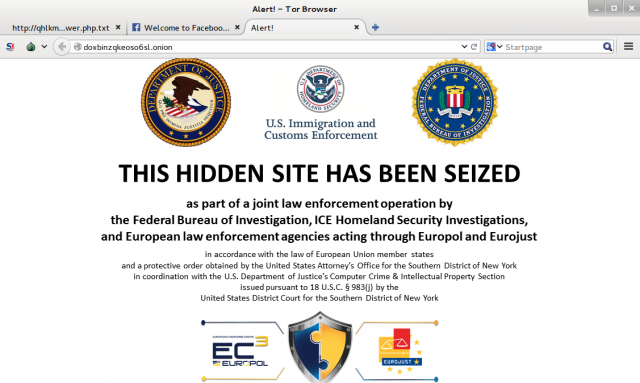NYPD can’t count cash they’ve seized because it would crash computers

(credit: See-ming Lee)
The New York City Police Department takes in millions of dollars in cash each year as evidence, often keeping the money through a procedure called civil forfeiture. But as New York City lawmakers pressed for greater transparency into how much was being seized and from whom, a department official claimed providing that information would be nearly impossible—because querying the 4-year old computer system that tracks evidence and property for the data would “lead to system crashes.”
The system, the Property and Evidence Tracking System (PETS), was built on top of SAP’s enterprise resource planning software platform and IBM’s DB2 database by Capgemini in 2012, and was used as a flagship case study by the company. PETS replaced the long-established paper-based evidence logging system used by the department, and was supposed to revolutionize evidence and property tracking. It was even submitted for the 2012 Computerworld Honors, an awards program honoring “those who use Information Technology to benefit society.”
Even with the system, however, the NYPD’s Assistant Deputy Commissioner Robert Messner told the New York City Council’s Public Safety Committee that the department had no idea how much money it took in as evidence, nor did it have a way of reporting how much was seized through civil forfeiture proceedings—where property and money is taken from people suspected of involvement in a crime through a civil filing, and the individuals whom it is seized from are put in the position of proving that the property was not involved in the crime of which they were accused.

